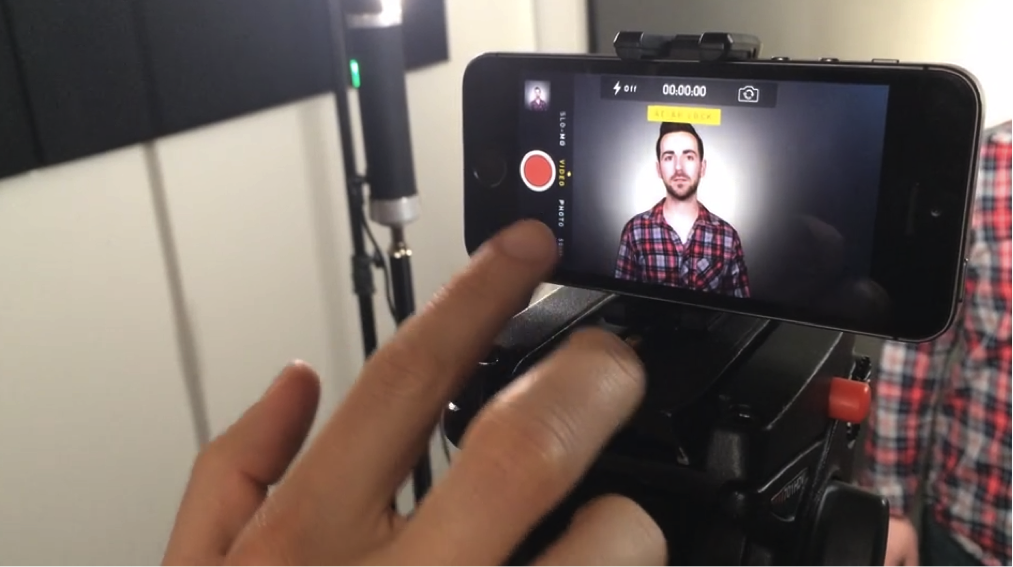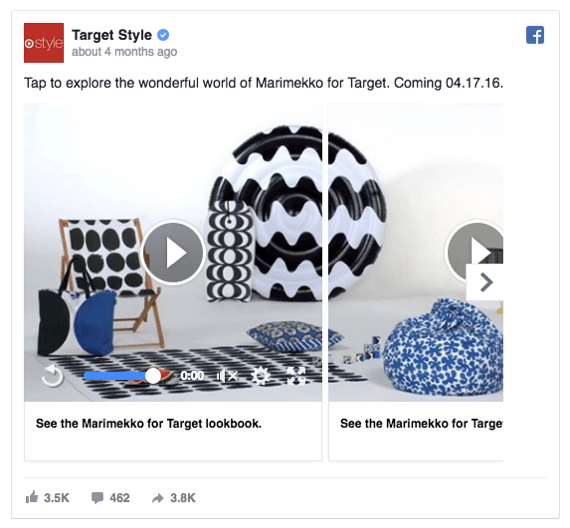- Blog Home
- Content Marketing
- Lara V
- 6 Tips For Getting The Most Of Your Video Marketing Campaigns
6 Tips for Getting the Most of Your Video Marketing Campaigns

So, you made a video. You poured a significant amount of cash into your content and you're proud of the outcome. It feels good to collect praise from your colleagues on a job well done, but don't go patting yourself on the back just yet. A completed video is just the first leg of the race. A successful video marketing campaign is the only way anyone is ever going to see your masterpiece. Here are some tips for making the most of your video with a smart, targeted video marketing strategy.
1. Tag Your Video for SEO Success
Even if everyone who watches your video will be left inspired and excited, Google won't know what your footage is about unless you tell them. And Google is the entity that decides if you'll earn organic traffic to your video. Write a compelling description of your video that includes keywords relating to its topic. You may even want to include a transcript in the description section. When you're uploading your video to any platform, remember, "if it has a box, it has a purpose." Google's search crawlers will scan your video description and metadata for keywords that tell it when to serve the video up in a search -- give those crawlers a good reason to put you on page 1. If you choose to host the video on your own site, submit a video sitemap to Google.
2. Host It on YouTube to Maximize Hits
While you can host your video on your company website, the reality is it's less likely to be seen there than it is on larger platforms like YouTube and Facebook. YouTube is a good hosting service because it's free and performs well in Google searches (in part because Google owns it). Once your video is on YouTube, you can use the embed link to add it to your website, a blog or virtually any other page on the internet. While you hand over a certain amount of control when you host your video on YouTube, you also exponentially increase your potential audience.
https://www.youtube.com/watch?v=pXlH0dKYPQ0
"Animated 2D explainer videos are a great way to roll out new products"
3. Share the Video on Facebook
Don't limit yourself to a single platform. Once your video is on YouTube and the video description is filled out completely with good keywords and a CTA, share the link on Facebook. Facebook videos are easy for users to share and they can go viral quickly if your content is clever, charming or brings an important issue to light. Even better, if you're posting your video to a business page, it doesn't cost you a dime. As other platforms like Instagram continue their march toward video integration, you may also want to consider sharing your video there as well (accompanied by trending hashtags whenever possible).
4. Consider Targeted Ads
[Source]
Targeted Facebook ads can increase the likelihood that your footage reaches the right audience. Determine your target market and use the tools made available by Facebook to handpick who is served your ad. You can also use multiple videos in a carousel, a technique companies like Target have found to be effective. Remember to fill out the top of the ad with compelling copy that offers a tease intriguing enough to make people click.
5. Connect with a Social Media Influencer
If you're just starting out online, you may notice that building your audience is slow going. Aside from paid ads, how can you get your video in front of the right eyes? Social media influencers, or people with a large trusted audience on social media platforms, can help you gain traction. At the highest level, macro influencers include celebrities who share products with their millions of followers. But an influencer can also serve a micro purpose, targeting a niche with important demographics for your brand. If a celebrity is out of your budget, reach out to someone in your local industry with a larger following than you and ask them to share the video for a fee or reciprocal content share.
6. Track Metrics and Adjust as Necessary
How will you know your video campaign has been successful? Data gathering, of course. Have a clear goal in mind before you send your video out into the world. Do you want to see 1,000 click-throughs to your website? Gain 100 new leads? Next, set up a strategy for tracking this performance indicator and adjusting your strategy as needed. Remember the Facebook ad you posted? You should be checking to see exactly who is watching the video all the way through to the end and who is bouncing right away. After a few weeks, re-target the ad to the most interactive group.
Developing a video strategy requires planning, but more than that it requires an open mind. Your strategy may need to pivot if your intended audience doesn't initially respond to the content or no one is sharing it. Embrace a spirit of flexibility and consider new avenues for content delivery as they become available or your target market shifts. When in doubt, ask yourself this question: Who is my audience and how am I helping them find this video?
Published by Lara V on Wednesday, January 10, 2018 in Content Marketing, Facebook, Social Media Influencer, Video, You Tube.
